Super Smash Bros. Ultimate: 10 Tips To Master Cloud | Game Rant

As we all know, Cloud Strife is the often-surly hero of Final Fantasy VII. He’s mostly famous for two things: his supremely anime hairstyle and his absurdly huge sword; which his super skinny arms couldn’t possibly hope to hold, let alone swing with the force required to take out anything more than a gnat. Still, we don’t question these sorts of things.
The important thing is that the recent remake of the much beloved title has thrown the spotlight onto Cloud and his friends yet again. Maybe you’ve even been inspired to train up as Cloud in Super Smash Bros. Ultimate. Whether you’re new to the character or you’ve been Smashing as him since his original DLC release in Super Smash Bros For Wii U/3DS, here are our handy tips to help you master Cloud.
10 Know How Different He Is From Before
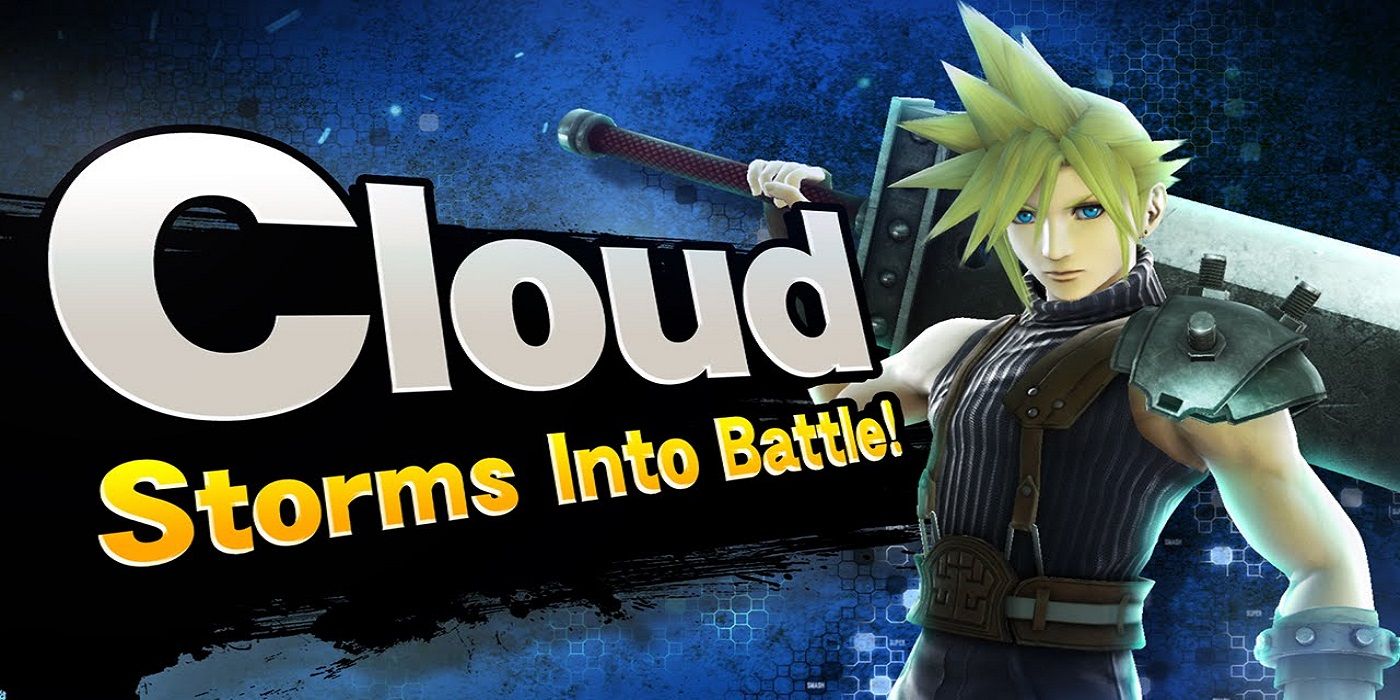
If you have been playing Cloud since his first appearance in the series, you’ll know that he’s been changed a heck of a lot for Ultimate. While some universal changes were positives for him (such as the jumpsquat changes), overall he’s been toned down in a significant way.
With his range, speed and super strong limit break mechanic, Cloud was utterly dominant in Smash 4. This time around, then, he received a righteous smiting with the nerf hammer. His fully charged limit break only lasts a brief time now, meaning that opponents don’t need to constantly fear for their lives as soon as he fills it. His aerial attacks and smashes are a little more laggy and such too.
9 Know His Weaknesses
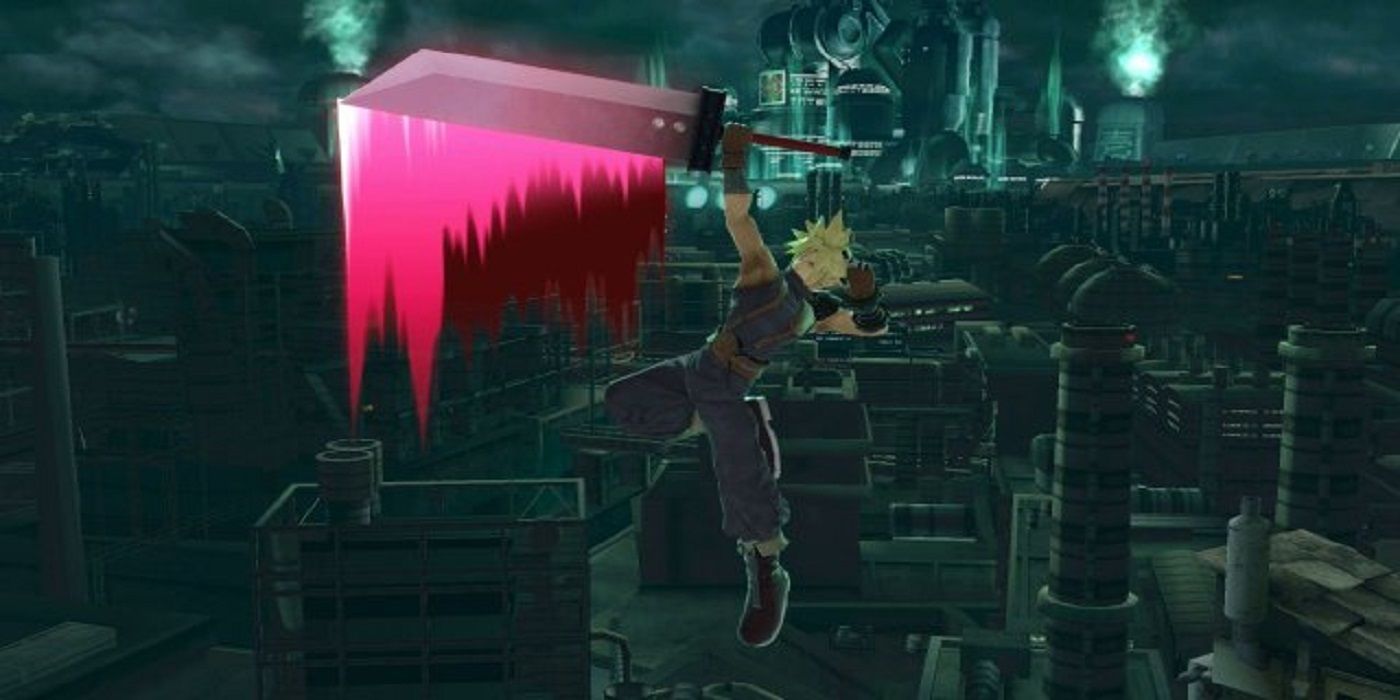
As oppressive a force as Cloud used to be (and still remains in some ways), he also has his glaring weaknesses. His range, power, and speed are offset by some large holes in his game, most notably his poor recovery. Climhazzard is a very predictable move, and doesn’t gain Cloud much vertical distance (unless he’s using up his limit break charge). As a result, he’s very vulnerable offstage and often can’t afford to chase foes off himself.
Other shortcomings include his mediocre throws, as they don’t deal a lot of damage, his grab is slow and he doesn’t get much advantage from them. Generally, Cloud wants to keep his opponents just within his sword’s reach.
8 Know Which Strengths To Exploit And How
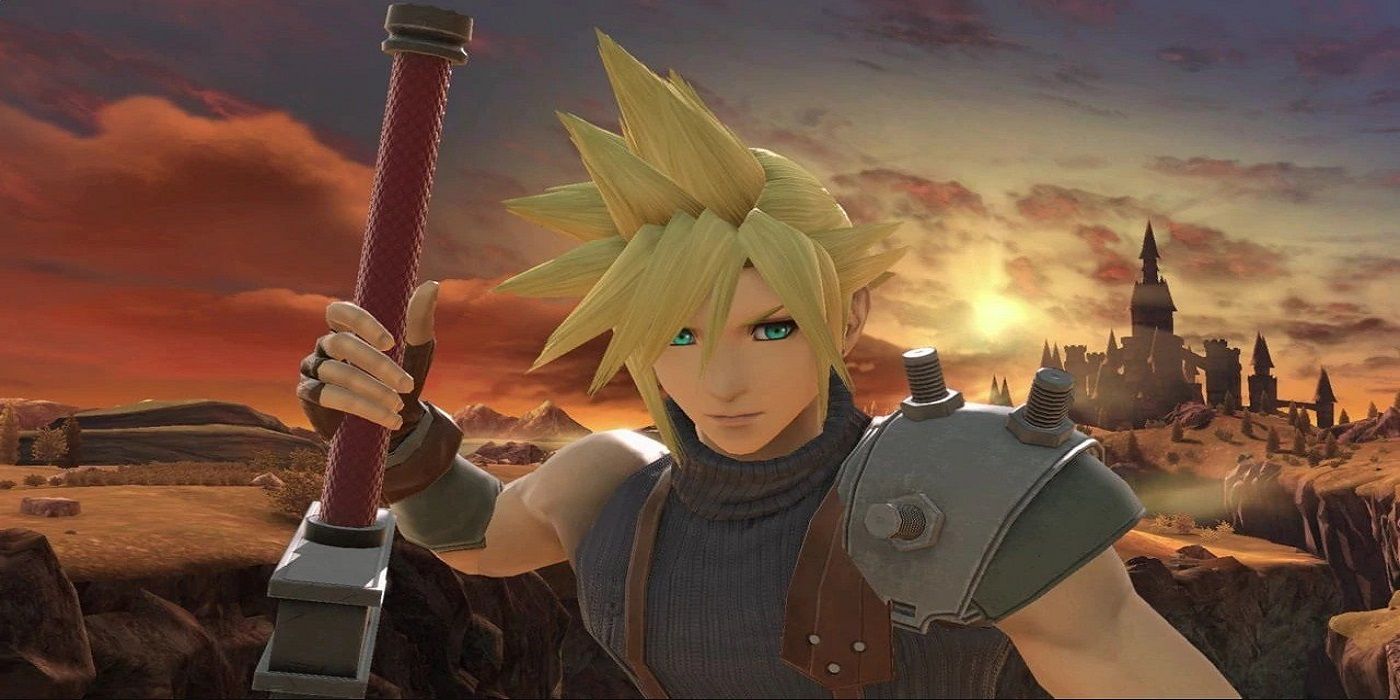
Overall, it’s true that Smash Ultimate’s Cloud isn’t the force to be reckoned with that he used to be. As with Bayonetta, he was so powerful in Smash 4 and has fallen off in quite a big way in the Nintendo Switch installment. Still, don’t underestimate this more ‘honest’ rendition of the character, as he still packs a real punch.
Like the rest of the game’s many (many, many) formidable swordfighters, Cloud’s greatest asset is the range and power that his blade provides. A disjointed hitbox allows him to attack more safely, and he also has a projectile unlike most swordfighters. Unpredictable options in his other special moves and the great utility of Climhazzard out of shield also help him.
7 Know What The Recent Buffs Have Done
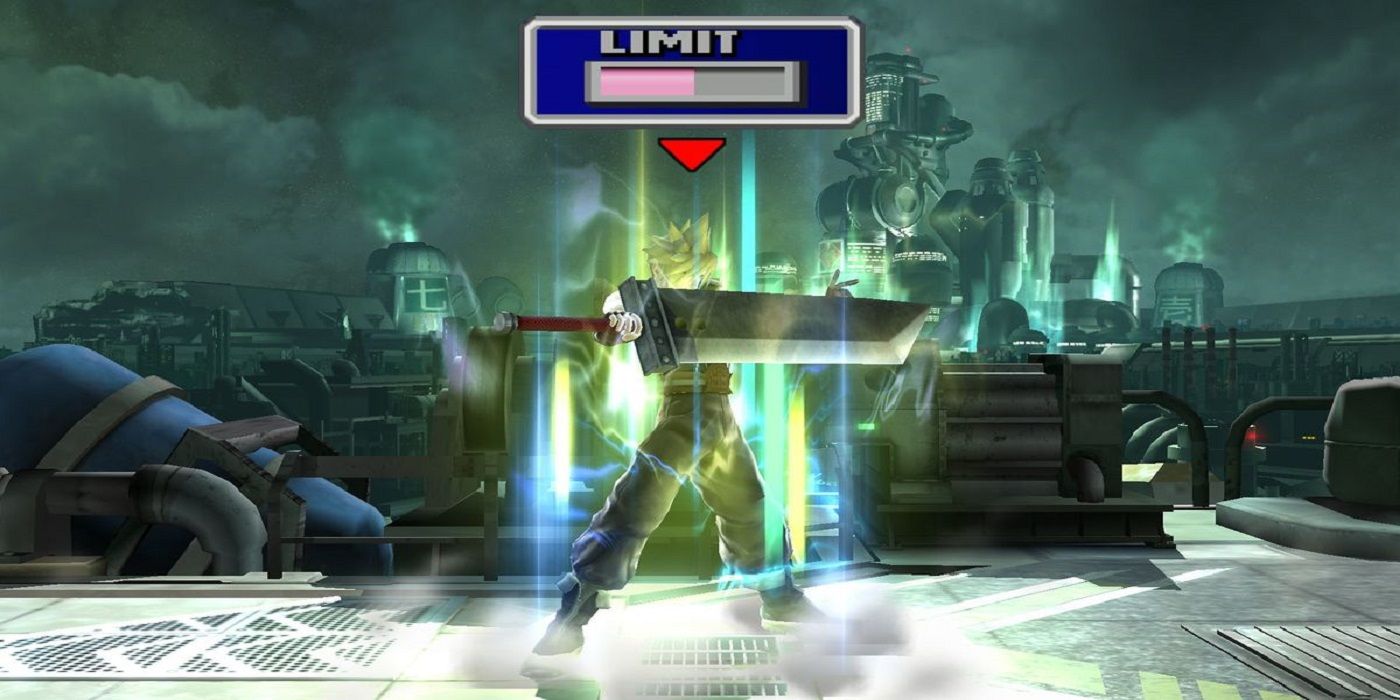
In any competitive game, balancing is a delicate art. On launch, backlash from players over a ‘broken’ character can cause developers to implement a range of nerfs, only for that very same character to then become weak and said nerfs to be gradually reversed (or other buffs made). To an extent, this was the case with Cloud.
More recent updates have been kind to our grumpy hero, with version 7.0.0 making his smashes more consistent, giving his dash attack more potential to score KOs and his Limit Charge move filling the gauge a lot quicker. He’s much better than he was on Ultimate’s release.
6 Know How The Properties Of His Special Moves Change Under Limit Break Status
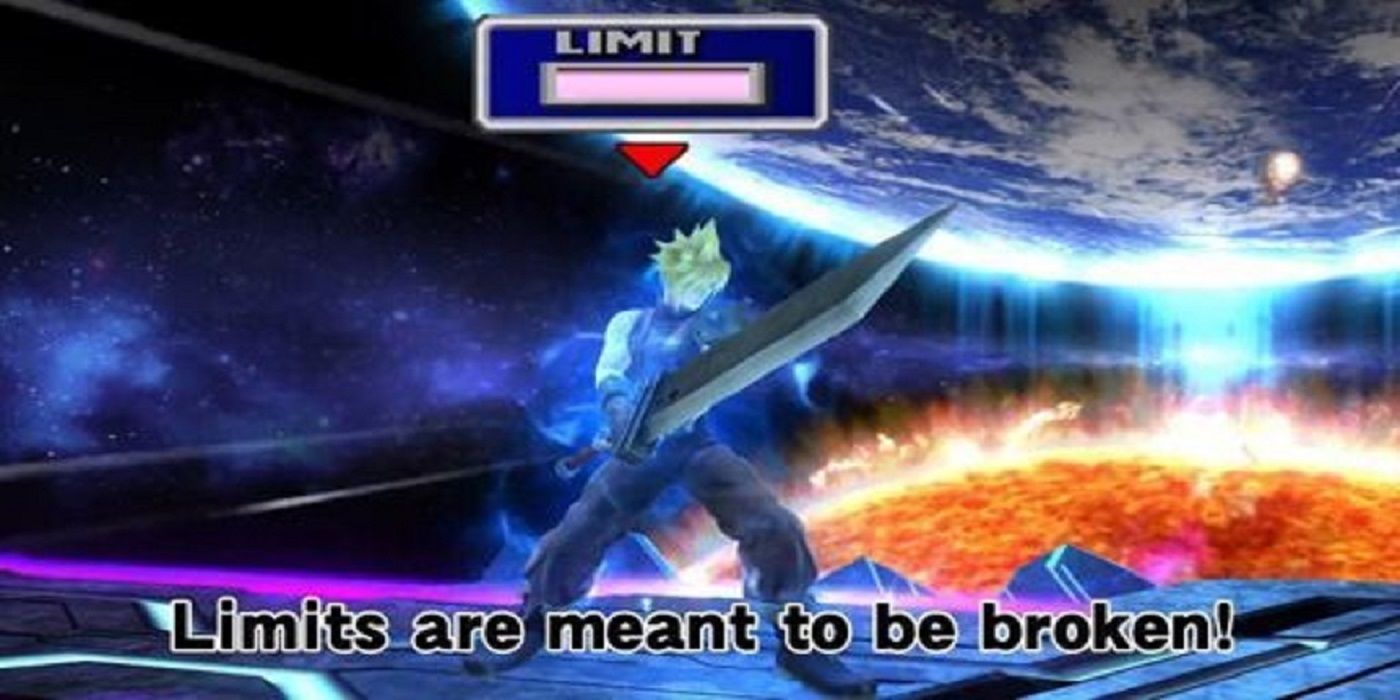
Speaking of charging the limit gauge, if you really want to become a good Cloud player, you’ve got to know exactly how the limit break status works. Now lasting only fifteen seconds, you’ve got to be more aggressive with it (a problem in itself if poorly timed, as Cloud is all-around faster under its effects which can throw off your already poor recovery), but it can pay dividends.
All of Cloud’s special moves are much more potent in this state, (Climhazzard is much more effective as a recovery move, for instance), but only one can be used before the effect disappears. You can’t hold it indefinitely until the most opportune moment any longer, so you’ve got to analyze the situation, watch, and bait a mistake.
5 Know Which Limit Break Special Move To Use In Which Situation
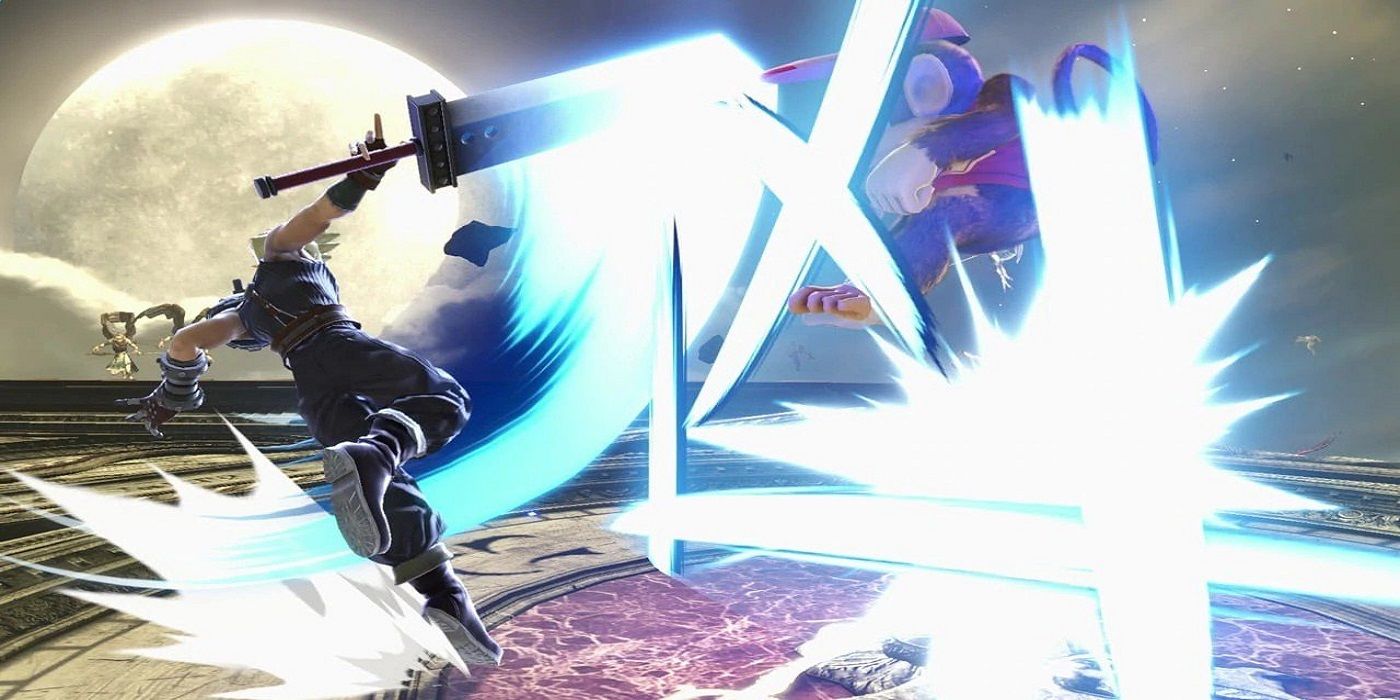
Of course, Super Smash Bros. battles are quick and chaotic, so it’s often impossible to know exactly when to use a certain limit break special move. However, experienced Cloud players know to watch their foes, analyze patterns in their style of play and make informed predictions as to when they’ll make a move that’ll lead right into the path of a limit break Cross Slash.
Finishing Touch isn’t a damage dealer (inflicting a mighty 1%), but with its heavy knockback, you can score a truly stylish KO if your opponent is in the right range. By the same token, a well-aimed limit break Blade Beam at a recovering opponent can score an early KO. Blade Beam itself is slow moving and a little weak, but these are the things you need to learn and implement well.
4 Know The Differences Between Cloud And Other Swordfighters
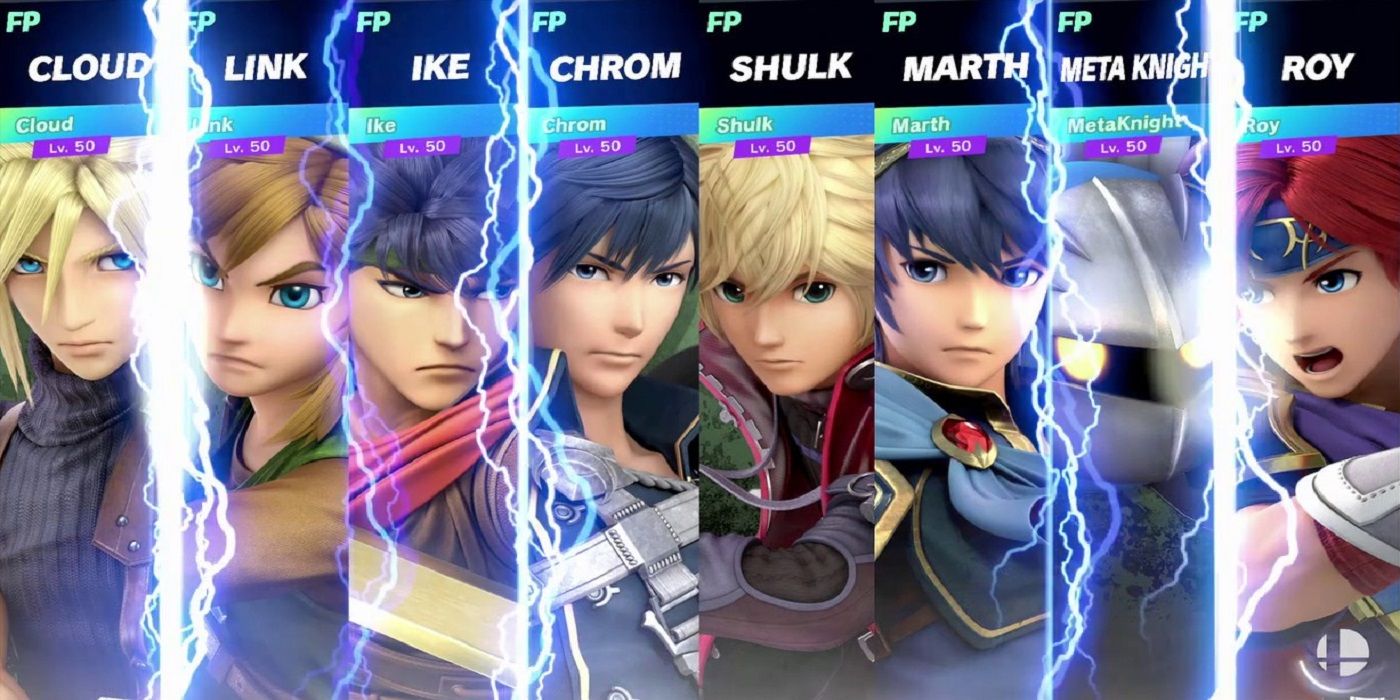
At this point in Smash Ultimate’s lifespan, even Sakurai himself is being snarky about the amount of sword-wielding fighters in the roster (“too many swordsmen, are there?”). With this in mind, a potential Cloud convert has to ask themselves: how is the Final Fantasy VII legend different from other swordfighters?
Like most of them, he struggles to get opponents off him if they get within his comfortable range. Like a lot of them, too, he has a very one-dimensional recovery that is easy to predict and mess with. However, he has a degree of versatility in terms of his speed and limit break gauge that some of his fellows don’t, trading the raw power of a character like Ike for maneuverability and evasiveness.
3 Know His (Lack Of) Combo Potential
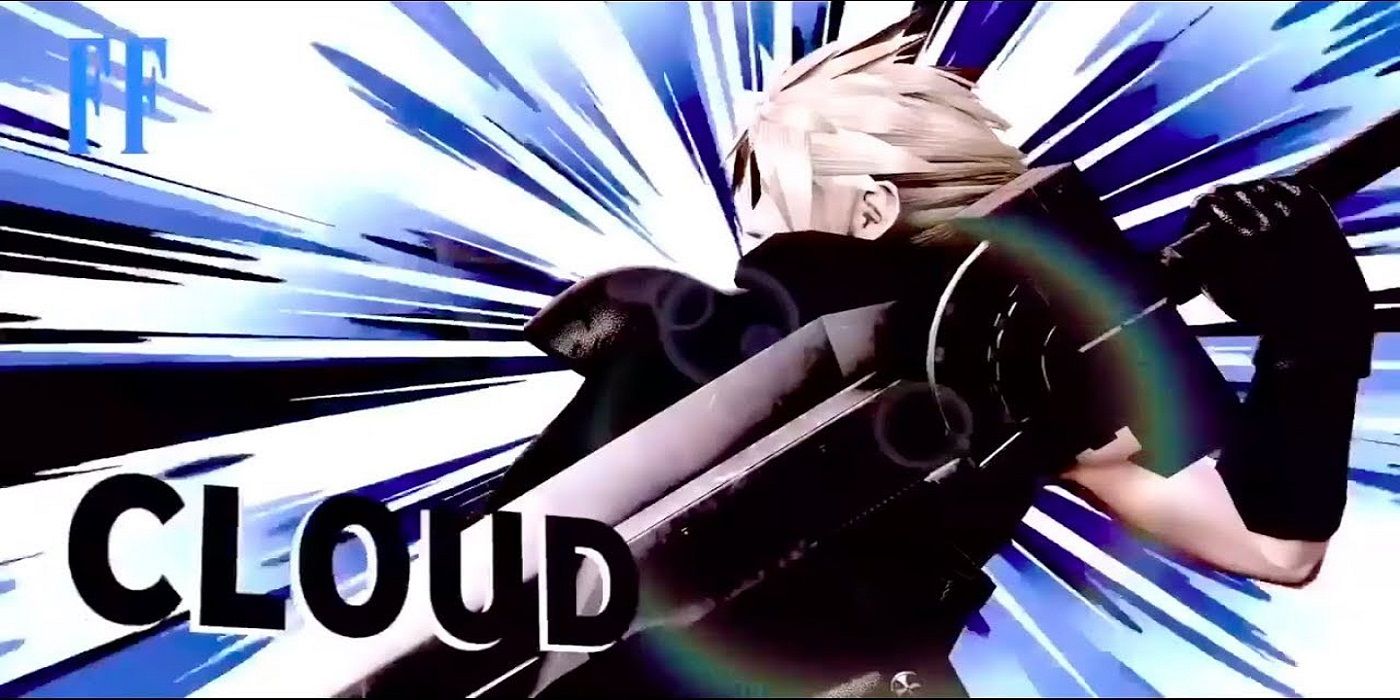
We’ve already touched on the fact that Cloud isn’t really intended as a combo-racking character. His strengths lie in reading your opponent’s movements, pressuring them and taking advantage of forced mistakes or over-committal. Using your range, speed and the threat of your powerful attacks to dictate the flow of the game is the key to success here.
Some characters have easy follow-ups to certain throws, at least up to a certain damage percentage. Cloud mostly lacks this, making chains beyond simple things like up tilt combos (with an up air thrown in) very difficult.
2 Know His Juggling Potential

So, yes. If you enjoy pulling off long, fancy combos in fighting games, our friend Cloud Strife may not be for you. If there’s one area he does excel in, though, it’s juggling.
Cloud’s aerial moves have been changed quite a lot in the transition to Ultimate, but they still give him a lot of utility and damage potential. With their range and hitbox, his aerial attacks can make it very difficult for opponents to land safely, and larger, slower characters in particular can be juggled into oblivion.
1 Know His Best KO Moves
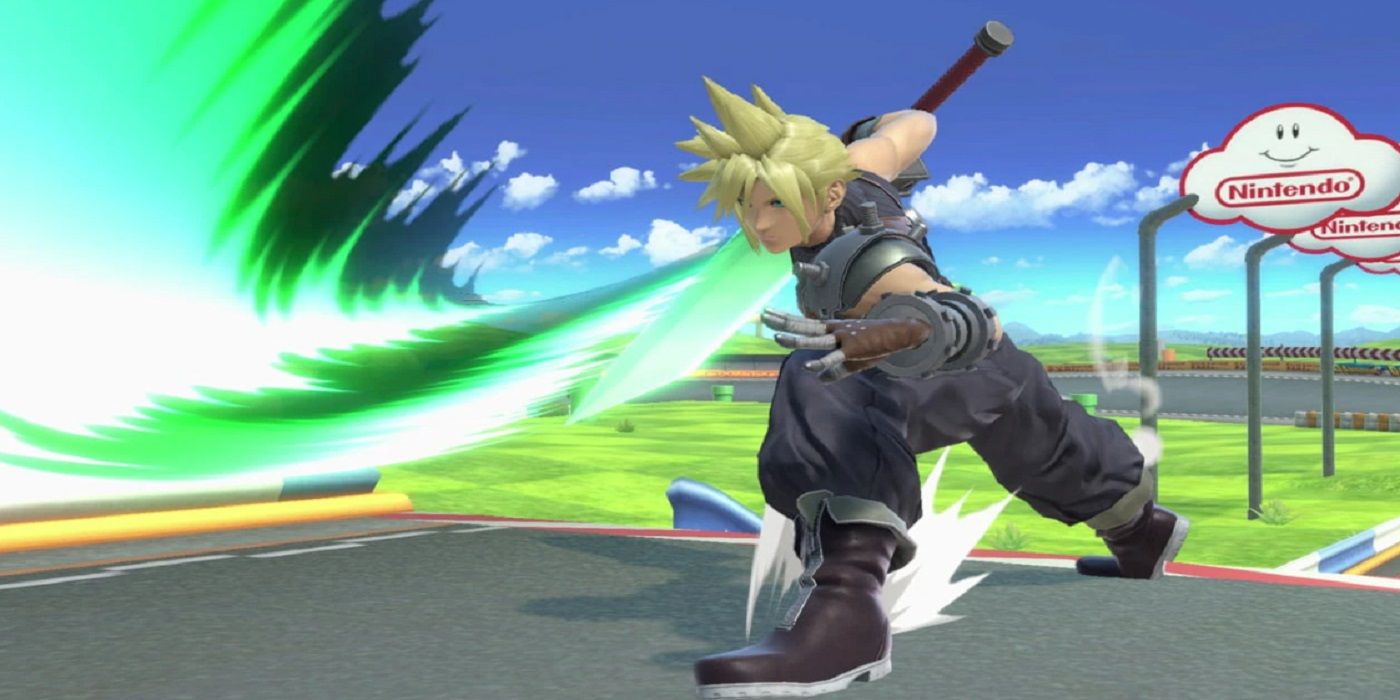
In terms of Smash Attacks, Cloud is a bit of a mixed bag. His forward smash is very strong indeed, but it’s also very slow and tough to use. His down smash is easier to pull off, but its launching power was reduced for Ultimate, making it less of an oppressive tool.
For scoring (practical) KOs as Cloud, limit break specials near the ledge will be your best friend. His forward tilt and dash attack are also surprisingly good in this area, as is his back aerial off stage. The main thing to keep in mind is that he’s a faster, more oppressive force with his limit break active, so take advantage of the status while you have it.

Post a Comment